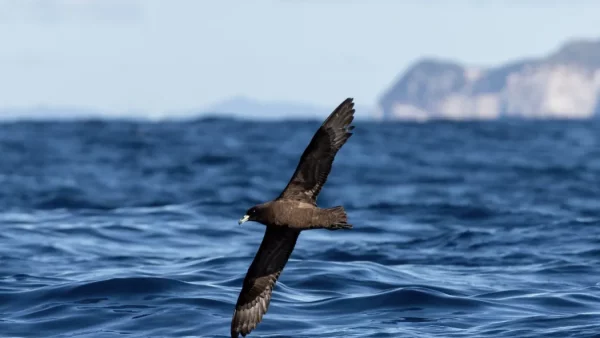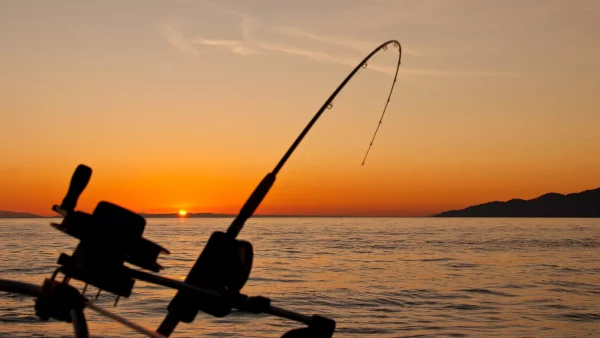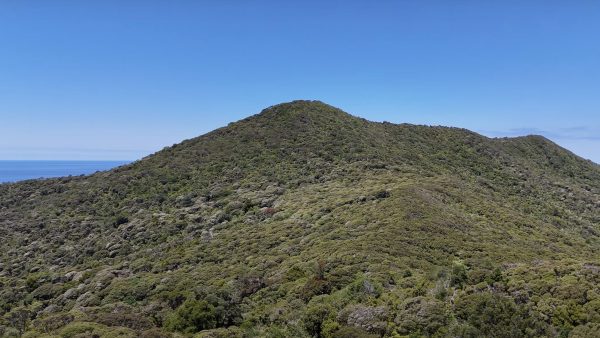They’re both rare, prehistoric-looking icons of the New Zealand bush. But it turns out even the nation’s most protected species aren’t above a good old-fashioned scrap.
In bizarre footage snapped by Department of Conservation (DoC) ranger Nick Fisentzidis on Tiritiri Matangi Island, a takahē and a tuatara are caught mid-brawl—tussling their way down a forest slope like feuding flatmates from a David Attenborough blooper reel.
“I saw them having a bit of a nip at each other,” said Nick. “The takahē definitely had a go at the tail of the tuatara, and they had a bit of a scrap.”
Rather than intervene, Nick did what any decent Kiwi would do—he whipped out his phone and started filming.
“I followed them down the hill, and the tuatara got a couple of bites in, so the takahē backed off and snuck back away up the forest,” he said.
While it might look like pure comedy, there’s actually some serious ecological nostalgia in play. According to DoC, tuatara and takahē only co-exist in two places these days—Tiritiri Matangi in the Hauraki Gulf and Zealandia in Wellington.
“It’s a neat snapshot of how these interactions may have gone in the past,” said Nick.
Given it’s uninhabited, Tiritiri Matangi provides the perfect controlled environment where rare native species like tuatara and takahē can coexist—making it one of New Zealand’s better-known community-led conservation success stories.
As for the animals themselves, the takahē—often billed as the chonkier, flightless cousin of the pūkeko—isn’t quite the gentle grass-nibbler people imagine.
“This means they’ll eat almost anything,” said DoC Takahē Recovery Senior Ranger Glen Greaves. “Although primarily grass feeders, they will often supplement their diet with insects, lizards, and have even been spotted taking ducklings. Protein is obviously an important part of their diet.”
Not surprising then that one might eye up a tuatara. “Like their cousins the pūkeko and weka, takahē can be quite predatory,” Glen added. “Although taking on a tuatara hasn’t been seen before that I’m aware of, it is not at all surprising. Just a bit bigger than their usual snack! It’s good to see the tuatara stand up for itself.”
Stand up it did. Tuatara, after all, are no pushovers. As living fossils—descendants of a reptilian lineage that dates back 200 million years—they’ve outlived dinosaurs and dodged extinction time and again, so a rogue takahē isn’t likely to ruffle too many ancient scales.
Tiritiri Matangi remains open to the public and is just a 75-minute ferry ride from downtown Auckland, offering a unique opportunity to see species interactions like this up close.
Just don’t forget: check, clean, and seal your gear. The only thing more determined than a takahē with a protein craving is a rat trying to hitch a ride.







